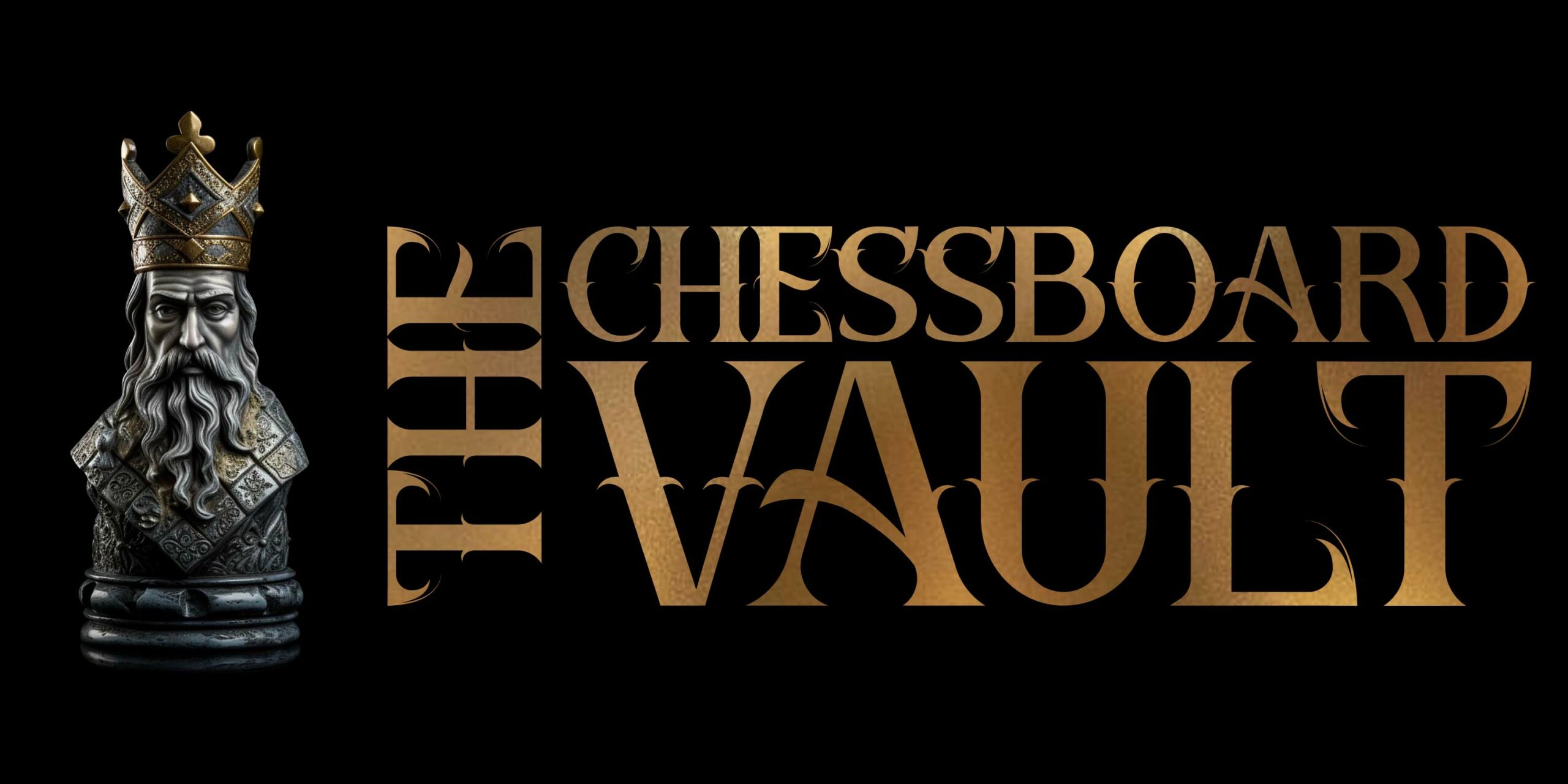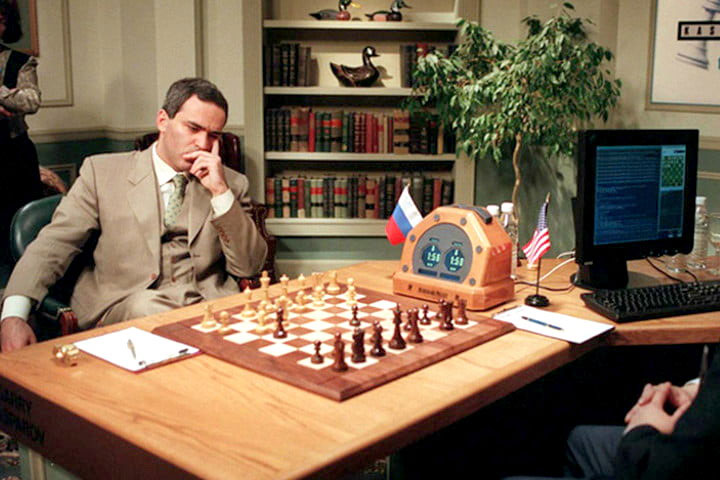In the pantheon of chess legends, Garry Kasparov stands as a titan, a mastermind whose name has become synonymous with strategic brilliance and unparalleled tactical acumen. A prodigy who redefined the game, Kasparov’s career is studded with encounters that not only demonstrate his genius but have also significantly influenced the way chess is played and understood today. In this article, we delve into the very best of Kasparov’s games, exploring the moves that crowned him a grandmaster and solidified his legacy as one of the greatest chess players of all time. What are the best Kasparov chess games?
Kasparov’s chess journey is a tapestry of intense rivalries, innovative strategies, and an indomitable will to win. From his early days as a fierce competitor in the Soviet chess circles to his historic World Championship matches, each game Kasparov played was a masterclass in strategic planning, dynamic play, and psychological warfare. His games are not just battles on a 64-square board; they are profound narratives that reveal the depth of human intellect and creativity.
In this exploration of Kasparov’s best games, we will traverse through a series of his most iconic matches. Each game is a testament to his unique style – a blend of aggressive tactics and deep positional understanding. We will break down his famous encounters against rivals like Anatoly Karpov, Viswanathan Anand, and Vladimir Kramnik, unraveling the layers of strategic depth and tactical ingenuity that define these historic clashes. What are the best kasparov chess games?
Kasparov vs. Topalov, Wijk aan Zee 1999
The game between Garry Kasparov and Veselin Topalov at Wijk aan Zee in 1999 stands as a pinnacle of chess brilliance, a match that is often regarded as one of the greatest games ever played. In this encounter, Kasparov, playing with the white pieces, demonstrated his extraordinary tactical ingenuity and strategic foresight, turning the game into a showcase of chess artistry.
From the outset, the game followed the Pirc Defense, with Topalov, a formidable opponent in his own right, playing black. The opening was fairly standard, but it was in the middlegame that Kasparov unleashed a series of moves that would etch this game into the annals of chess history. On move 24, Kasparov made a breathtaking knight sacrifice at c6, a decision that baffled onlookers and chess analysts alike. This bold move was the beginning of a deep tactical sequence that required precise calculation and a clear vision of the resulting positions.
What followed was a masterful display of tactical prowess. Kasparov skilfully maneuvered his pieces, orchestrating a series of threats that kept Topalov on the defensive. Each move was a testament to Kasparov’s ability to blend aggression with strategic control, steadily outmaneuvering his opponent.
The climax of the game came with Kasparov’s queen sacrifice, a move that stunned the chess world. This sacrifice led to a decisive attack against Topalov’s king, showcasing Kasparov’s remarkable ability to foresee deep combinations. The game concluded with Kasparov’s pieces swarming around the black king, leading to an inevitable checkmate.
Karpov vs. Kasparov, World Championship Match 1985, Game 16
The 16th game of the 1985 World Championship Match between Anatoly Karpov and Garry Kasparov marks a significant chapter in chess history. This game, played in Moscow, was not just a battle between two grandmasters; it was a clash of contrasting styles and ideologies, symbolizing a turning point in the chess world.
Anatoly Karpov, the reigning World Champion, was known for his positional mastery and psychological resilience. In contrast, Garry Kasparov, the challenger, brought to the board a dynamic, aggressive style that redefined modern chess. Game 16 of the match was a vivid illustration of this dramatic confrontation.
Karpov, playing white, opened with 1.e4, and Kasparov responded with the Sicilian Defense, signaling his readiness for a complex battle. The game quickly transitioned into the Scheveningen Variation, a line that promised a rich middle game full of possibilities. The opening phase saw both players maneuvering for positional advantages, with Karpov aiming for a solid, strategic play and Kasparov looking for dynamic counterplay.
The turning point came in the middlegame. Kasparov, with exceptional ingenuity, launched an aggressive counterattack on the kingside. His bold play disrupted Karpov’s plans and shifted the momentum of the game. Kasparov’s pieces swarmed around Karpov’s king, each move increasing the pressure and showcasing his tactical creativity.
The endgame was a display of Kasparov’s deep understanding of dynamic positions. Despite Karpov’s resilient defense, Kasparov’s persistent pressure eventually led to a decisive advantage. The game concluded with Kasparov’s victory, a result that not only brought him closer to the world championship title but also signified the emergence of a new era in chess.
Kasparov vs. Karpov, World Championship Match 1986, Game 22
Game 22 of the 1986 World Chess Championship match between Garry Kasparov and Anatoly Karpov is remembered as a classic encounter in the storied rivalry between these two chess giants. This game, pivotal in the context of their intense competition, exemplified Kasparov’s aggressive and imaginative style against Karpov’s deep strategic understanding.
Held in London, this match saw Kasparov, the defending champion, showcasing his innovative approach to the game. The opening was a Queen’s Indian Defense, a choice that signaled Kasparov’s intention to engage in a complex strategic battle. Karpov, an expert in positional play, navigated the opening with his characteristic precision, setting the stage for a deeply fought middlegame.
Kasparov’s play in this game was a brilliant blend of tactical aggression and strategic depth. He pushed for active play right from the start, looking for opportunities to unbalance the position and create chances for an attack. Kasparov’s ability to transition from quiet positional maneuvers to sharp tactical sequences was on full display, keeping Karpov under constant pressure.
As the game progressed, Kasparov’s innovative play in the middlegame began to pay dividends. He executed a series of powerful moves that not only showcased his tactical acumen but also revealed his deep understanding of the position. Karpov, faced with Kasparov’s relentless pressure, had to navigate through a minefield of threats, showcasing his defensive skills.
The endgame was a testament to Kasparov’s mastery. He skillfully converted his middlegame advantage into a winning endgame, demonstrating his ability to play accurately under high pressure. The game ended in Kasparov’s favor, reinforcing his position as the World Champion and underscoring the high level of competition in their rivalry.
Kasparov vs. Anand, PCA World Championship 1995, Game 10
The tenth game of the 1995 PCA World Championship match between Garry Kasparov and Viswanathan Anand is often hailed as a modern classic in the world of chess. This game, held in New York, showcased the clash between Kasparov’s established dominance and Anand’s rising talent, marking a significant moment in the history of the sport.
Kasparov, the reigning world champion, was known for his deep opening preparation and aggressive style. Anand, one of the strongest grandmasters of his generation, was admired for his rapid calculation skills and versatile play. In this game, Kasparov, playing white, opened with e4, leading to a Ruy Lopez, one of the oldest and most classical chess openings.
The game quickly veered into the deeply analyzed territory of the Ruy Lopez, with both players demonstrating their extensive preparation. Kasparov unveiled a new idea in the opening, a novelty that caught Anand off guard and set the tone for the rest of the game. This move was a testament to Kasparov’s ability to innovate and prepare surprises for his opponents.
As the game transitioned into the middlegame, Kasparov’s strategic intent became clear. He maneuvered his pieces with precision, gradually building pressure on Anand’s position. Kasparov’s play exemplified his trademark combination of strategic depth and tactical sharpness, posing difficult challenges to Anand at every turn.
The critical moment came when Kasparov launched a decisive attack, showcasing his mastery of dynamic chess. Anand, faced with Kasparov’s relentless offensive, struggled to find the best defensive resources. The game culminated in a brilliant tactical sequence, leading to a victory for Kasparov.
Deep Blue vs. Kasparov, 1996, Game 1
One of the best Kasparov chess games against a machine?
The first game of the 1996 match between World Chess Champion Garry Kasparov and IBM’s supercomputer Deep Blue marked a groundbreaking moment in the history of chess. This game, held in Philadelphia, was not just a battle between man and machine, but a symbol of the burgeoning era of artificial intelligence and its impact on intellectual pursuits.
Deep Blue, a chess-playing computer developed by IBM, was designed to calculate millions of positions per second, a feat of technology that posed a unique challenge to Kasparov, arguably the greatest chess player of his time. Kasparov’s confrontation with Deep Blue was more than a chess match; it was a test of human creativity against the brute force of computer processing.
In Game 1, Deep Blue, playing white, opened with a standard e4, to which Kasparov responded with a Caro-Kann Defense, an opening known for its solid and resilient nature. The game quickly developed into a complex strategic battle, with both sides vying for positional advantages. Kasparov’s approach against the computer was cautious yet probing, as he sought to understand and counteract the machine’s computational abilities.
The turning point of the game came in the middlegame. Deep Blue demonstrated not just immense calculating power but also a surprising level of positional understanding. The computer’s moves, while rooted in deep calculation, showed a level of strategic depth that was unexpected for a machine at the time.
Kasparov, faced with the relentless precision of Deep Blue, found himself under increasing pressure. In a rare lapse, he made a critical error, which the computer immediately capitalized on. Deep Blue’s victory in this game was a historic moment, marking the first time a reigning world champion had lost to a computer under standard chess tournament conditions. One of the best Kasparov chess games!

